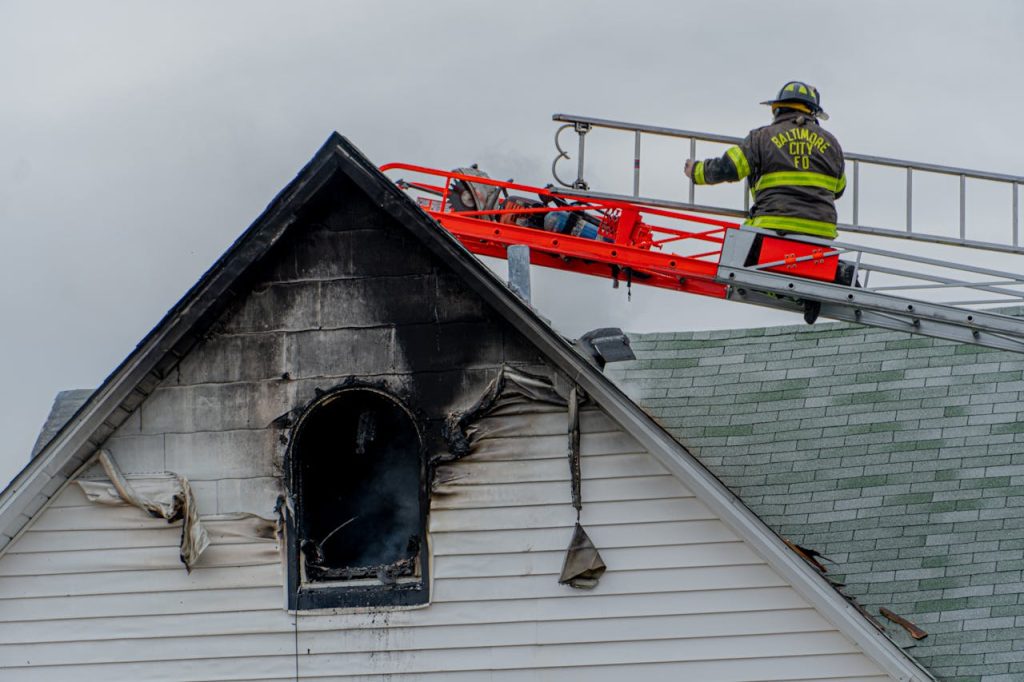
Unexpected expenses can hit hard. One day, everything seems fine. The next time, you’re staring at a bill that could wipe out your savings. Emergency repairs don’t wait for a convenient time. They show up when you least expect them, and they don’t care about your budget. If you’re not prepared, these costs can push you into debt fast. That’s why it’s important to know which repairs are most likely to cause financial trouble and what you can do to protect yourself.
1. Major Car Repairs
Your car breaks down on the way to work. The mechanic says you need a new transmission. The cost? It could be $3,000 or more. Most people don’t have that kind of cash sitting around. If you rely on your car for work or family, you can’t just ignore the problem. You might have to put the repair on a credit card or take out a loan. That’s how debt starts. Regular maintenance helps, but some repairs are just bad luck. If your car is older, the risk is even higher. Consider setting aside money each month for car emergencies. Even a small fund can make a big difference when something goes wrong.
2. Home Plumbing Disasters
A burst pipe can flood your home in minutes. Water damage spreads fast. You need a plumber right away, and the bill can be shocking. Fixing the pipe is just the start. You might need to replace drywall, flooring, or even furniture. The total cost can reach thousands. If you don’t have emergency savings, you might turn to credit cards or payday loans. That’s a quick path to debt. Regularly check your pipes for leaks and know the location of your main water shutoff valve. Small steps can help you avoid a big mess. And if you rent, be sure to understand what your landlord covers and what you’re responsible for.
3. HVAC System Failure
It’s the hottest day of the year. Your air conditioner stops working. Or maybe it’s winter, and your furnace dies. Either way, you need a fix now. HVAC repairs are expensive. A new system can cost $5,000 or more. Even a simple repair can run several hundred dollars. If you live in a place with extreme weather, you can’t wait. Many people end up financing these repairs or using high-interest credit cards to cover the costs. That debt can stick around for years. To lower your risk, change filters regularly and schedule yearly maintenance. However, systems sometimes fail without warning. Having a home warranty or a dedicated emergency fund can help you avoid debt when the temperature drops or soars.
4. Emergency Medical Expenses
You slip and break your arm. Or your child gets sick in the middle of the night. Even with insurance, medical emergencies can cost a lot. High deductibles, copays, and uncovered treatments add up fast. A single trip to the ER can leave you with a bill for thousands. If you don’t have savings, you might have to borrow money or use credit cards. Medical debt is a leading cause of bankruptcy in the U.S. KFF Health News reports that millions struggle with these costs every year. To protect yourself, know what your insurance covers and try to keep some money set aside for health emergencies. If you get a big bill, ask about payment plans or financial aid.
5. Roof Damage
A storm rolls through, and you hear a loud crash. You look up and see water dripping from the ceiling. Roof repairs can’t wait. If you delay, the damage gets worse. A new roof can cost $10,000 or more. Even a small repair can be expensive. Most people don’t have that kind of money ready. If you have to borrow, the interest adds up. Check your roof regularly for missing shingles or leaks. Clean your gutters to prevent water damage. If you own your home, make sure your insurance covers storm damage. But remember, not all policies are the same. Read the fine print so you know what’s covered before you need it.
Protecting Your Finances from Sudden Repair Debt
Emergency repairs can happen to anyone. They don’t care about your plans or your budget. The best way to avoid debt is to prepare before something goes wrong. Build an emergency fund, even if it’s small. Know what your insurance covers. Keep up with regular maintenance on your car, home, and health. And if you do face a big bill, look for payment plans or community resources before turning to high-interest loans. Staying ready won’t stop every problem, but it can keep a bad day from turning into a financial disaster.
Have you ever faced an unexpected emergency repair that left you in debt? Share your story or advice in the comments below.
Read More
Home Repairs That Turn Into Financial Sinkholes
Never Pay For High Car Repairs: 10 Tips to Ensure Your Car Never Needs Major Repairs Again
The post 5 Emergency Repairs That Could Force You Into Debt Overnight appeared first on The Free Financial Advisor.







